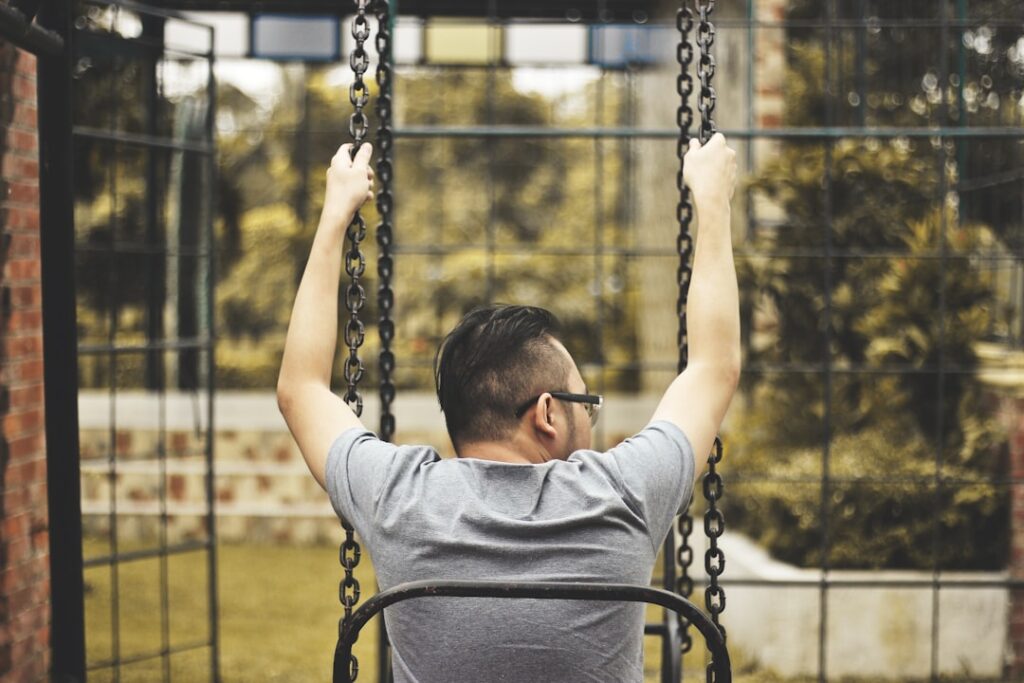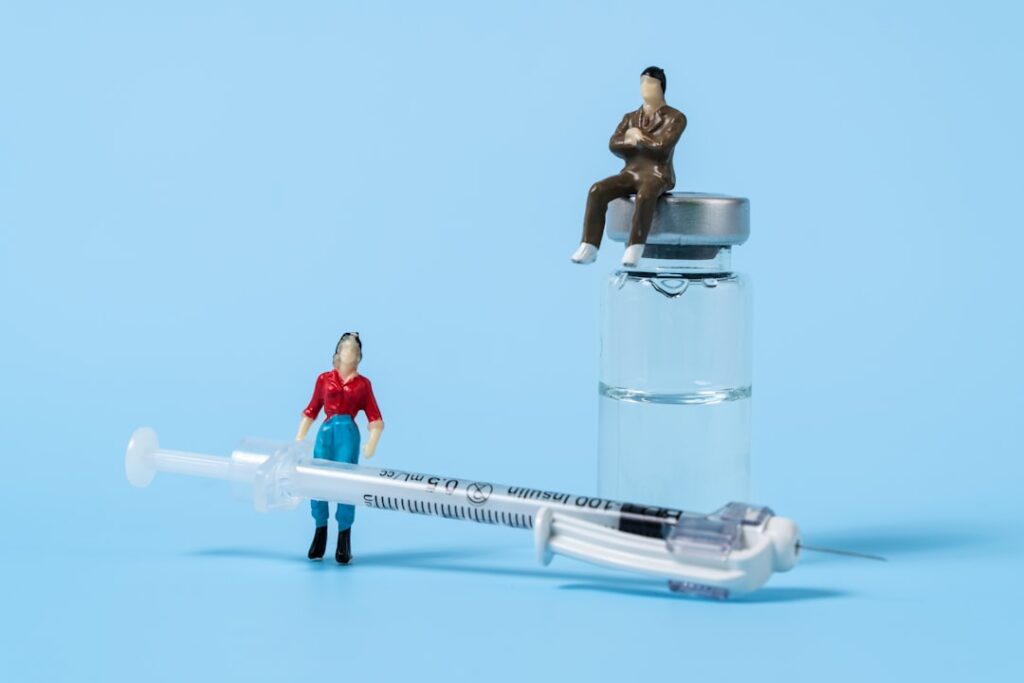Effective Anxiety Relief Techniques: Your Guide to Calm
Feeling overwhelmed by constant worry and unease? Understanding and managing anxiety is crucial for a fulfilling life. This guide explores proven anxiety relief techniques to help you regain control and find lasting peace. Learning effective coping mechanisms can significantly improve your overall well-being.
Understanding the Anxiety Problem
Anxiety disorders affect millions worldwide, significantly impacting daily life. These disorders are characterized by excessive worry, fear, and nervousness that interfere with normal functioning. The symptoms can range from mild to severe, impacting everything from sleep to relationships. Many individuals struggle in silence, unaware of the effective anxiety relief techniques available.
The Impact of Anxiety: Statistics and Research
The prevalence of anxiety disorders is substantial. According to the Anxiety & Depression Association of America (ADAA), anxiety disorders are the most common mental illness in the United States, affecting 40 million adults age 18 and older in any given year.1 This highlights the urgency for accessible and effective solutions. Furthermore, research suggests a strong correlation between chronic anxiety and physical health problems. The National Institute of Mental Health (NIMH) notes that anxiety can exacerbate conditions like heart disease and weaken the immune system.2
1 Anxiety & Depression Association of America
2 National Institute of Mental Health
Meet Sarah: A Real-Life Example
Sarah, a 32-year-old marketing professional, experienced crippling anxiety before important presentations. Her heart would race, her hands would tremble, and she’d feel a wave of nausea. This significantly impacted her career and personal life. After exploring several anxiety relief techniques, she found a combination of mindfulness and cognitive behavioral therapy (CBT) that significantly reduced her symptoms.
Practical Anxiety Relief Techniques
Mindfulness and Meditation for Anxiety Relief
Mindfulness techniques involve focusing on the present moment without judgment. Regular meditation practice can help calm the nervous system and reduce anxiety symptoms. Even a few minutes a day can make a difference.
- Find a quiet space and sit comfortably.
- Focus on your breath, noticing the sensation of air entering and leaving your body.
- When your mind wanders, gently redirect your attention back to your breath.
Cognitive Behavioral Therapy (CBT) for Anxiety Management
CBT helps identify and challenge negative thought patterns and behaviors that contribute to anxiety. A therapist can guide you through techniques to reframe your thinking and develop coping strategies.
Physical Exercise and Anxiety Reduction
Regular physical activity releases endorphins, which have mood-boosting effects. Exercise can help reduce stress and improve overall well-being. Aim for at least 30 minutes of moderate-intensity exercise most days of the week.
Beyond the Basics: Uncommon Anxiety Relief Tips
The Power of Nature
Spending time in nature has been shown to reduce stress and anxiety levels. A walk in the park, a hike in the woods, or even simply sitting under a tree can be incredibly calming.
Dietary Changes for Anxiety
Certain foods can exacerbate anxiety symptoms, while others can have a calming effect. Limit caffeine and alcohol intake, and focus on a balanced diet rich in fruits, vegetables, and whole grains.
Addressing Underlying Medical Conditions
Sometimes, anxiety can be a symptom of an underlying medical condition. It’s important to rule out any potential physical causes before focusing solely on anxiety relief techniques.
Moving Forward: Your Journey to a Calmer You
Managing anxiety is a journey, not a destination. Be patient with yourself, and celebrate small victories along the way. Remember that seeking professional help is a sign of strength, not weakness. With the right support and strategies, you can find lasting relief and live a more fulfilling life. Take that first step today and explore the resources available to you.





